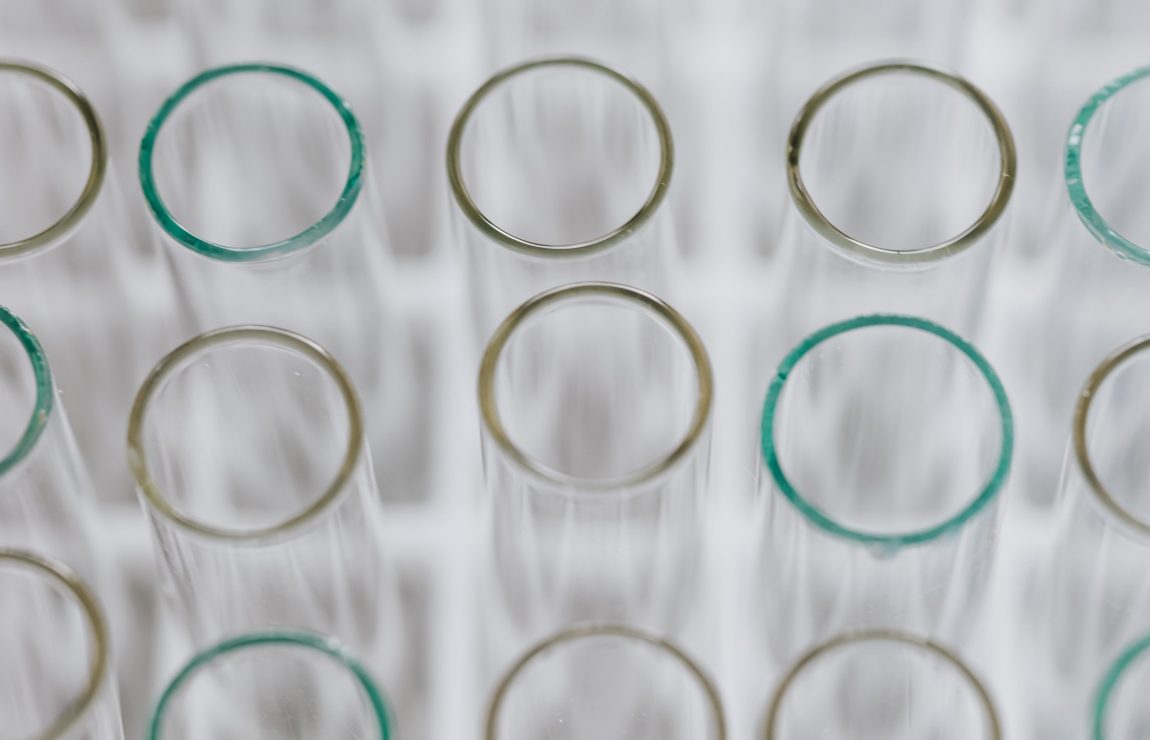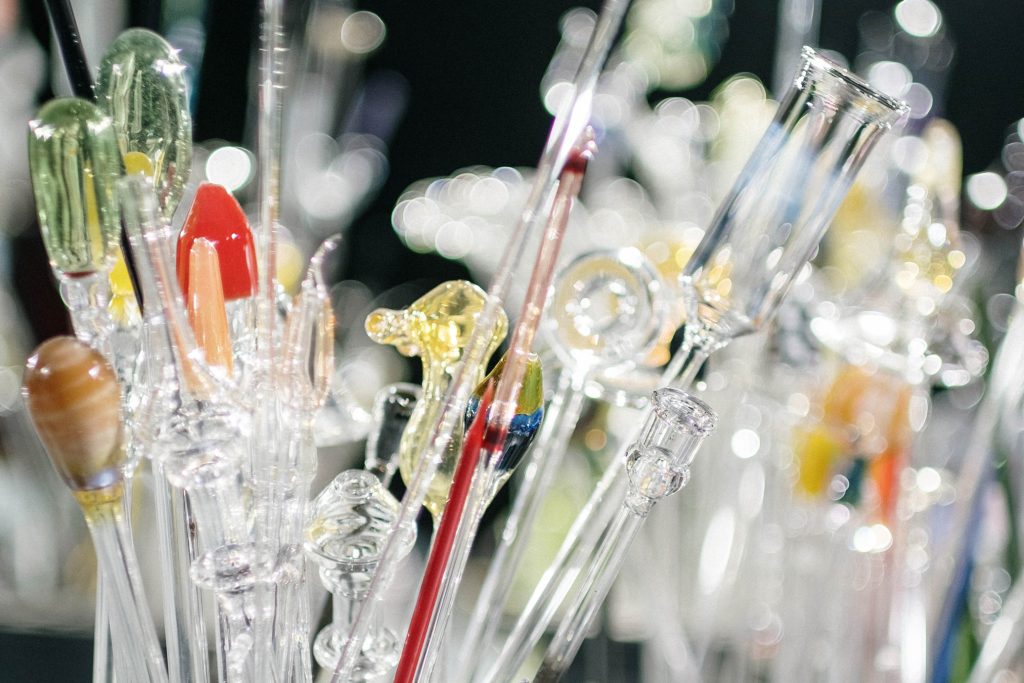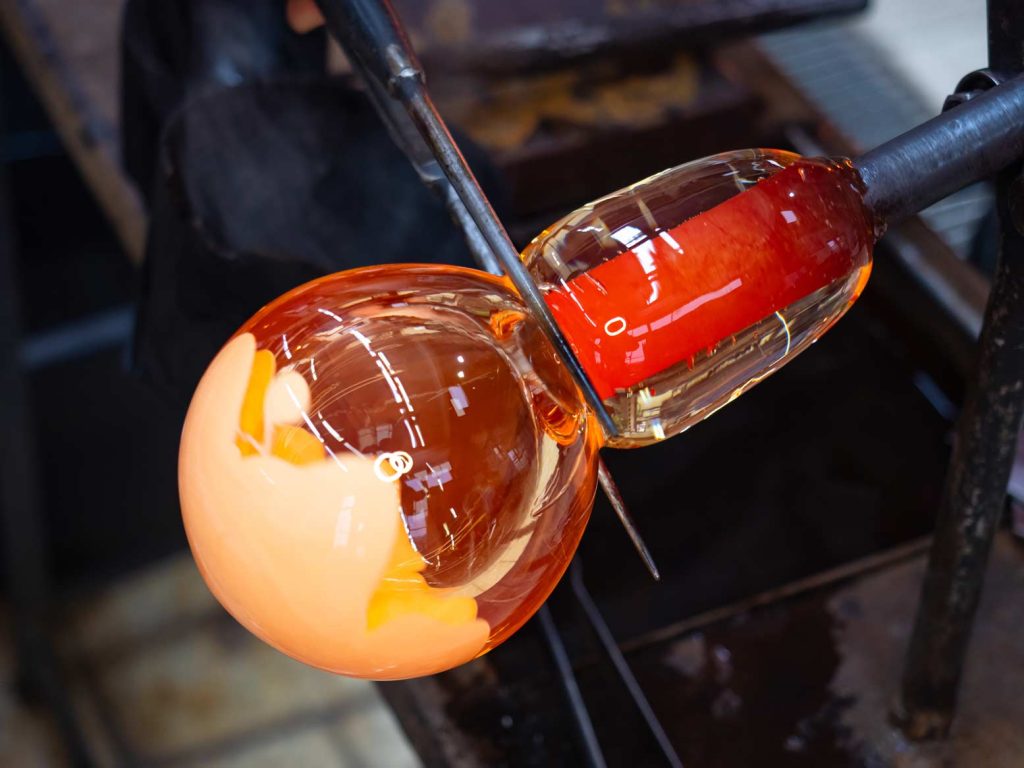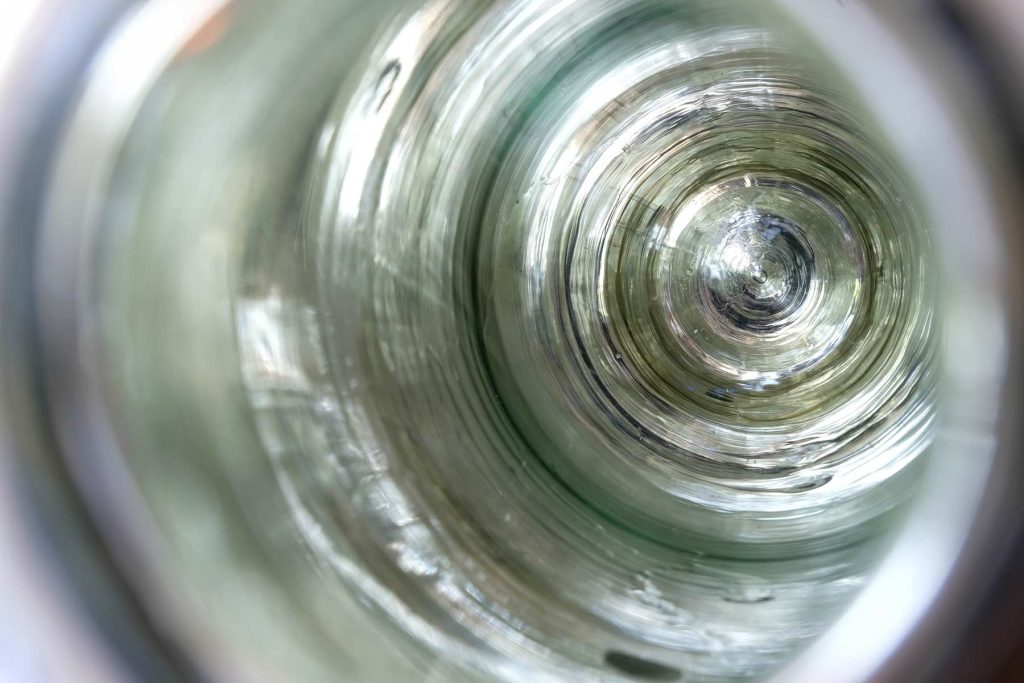
How to Start a Mobile Hookah Business
Mobile hookah businesses are gaining popularity as people seek unique and convenient ways to enjoy…

Borosilicate glass is a special type of glass that is well known for its high resistance to thermal shock, chemical corrosion, and mechanical stress. It is a popular material for use in laboratory equipment, medical devices, cookware, and other consumer products that rely on its heat-resistant properties, such as glass baking dishes, bowls, glass coffee pots, and not least, glass hookah pipes. In this article, we will explore the history of borosilicate glass, how it is made, its applications and uses, and also the advantages and disadvantages of using it.
The history of borosilicate glass can be traced right back to the early 19th century, when the German chemist, Johann Heinrich Wilhelm Geissler, developed the first vacuum pump. This invention led to a new era of scientific research, which required glassware that could withstand high temperatures and sudden changes in temperature. At the time, most glassware was made from soda-lime glass, which was prone to cracking or breaking under these conditions.
In the 1870s a German glassmaker named Otto Schott was interested in creating a type of glass that could withstand high temperatures and sudden changes in temperature without breaking, so along with his colleagues Ernst Abbe and Carl Zeiss began experimenting with different combinations of glass components developed borosilicate glass which he named Jenaer Glas. The glass was made by melting silica (sand) and boron oxide at high temperatures, and then slowly cooling the glass to prevent cracking. They found that by adding boron oxide to the mixture, they could produce a glass that had a low coefficient of thermal expansion, which means that it could expand and contract without cracking or breaking. Schott’s invention revolutionized the production of laboratory glassware, and Jenaer Glas became the industry standard for many years.
In 1887, Schott and his team founded the Jenaer Glaswerk Schott & Genossen company in Jena, Germany, to produce the new type of glass they had developed. The company began manufacturing borosilicate glass products, including laboratory glassware and equipment, and quickly gained a reputation for producing high-quality, durable glass.
In the years that followed, borosilicate glass continued to be developed and refined. The Corning Glass Works company in the United States began producing borosilicate glass under the brand name Pyrex in the early 1900s, and the Duran company in Germany began producing a similar type of glass in the 1920s.
During World War II, borosilicate glass was used in military applications, such as periscopes and other optical equipment. In the post-war period, it became widely used in consumer products, including cookware, light bulbs, and other household items.
In the 20th century, borosilicate glass was used in a wide range of applications, from telescopes and lenses to cookware and household items. Borosilicate glass also became increasingly popular in the scientific and medical fields. Its resistance to thermal shock and chemical corrosion made it ideal for use in laboratory equipment, while its transparency and low levels of distortion made it suitable for use in optics and medical devices.
Today, borosilicate glass is still used in a wide range of applications, from scientific research to consumer products. With such a rich history It is well known for its durability, resistance to thermal shock and chemical corrosion, and optical properties, and continues to be a popular choice for many industries.

The production of borosilicate glass involves a careful selection of raw materials, a precise manufacturing process, and thorough quality control and testing procedures.
The primary raw materials used in the production of borosilicate glass are silica sand, boron oxide, soda ash, and aluminum oxide. The exact composition of the glass depends on the specific application, but generally, borosilicate glass contains around 80% silica, 12% boron oxide, and 4% soda ash.
Silica sand is the primary ingredient in borosilicate glass, providing its high melting point and chemical resistance. Boron oxide is added to reduce the coefficient of thermal expansion and improve the glass’s thermal shock resistance. Soda ash is added to lower the melting point of the glass, making it easier to manufacture. Finally, aluminum oxide is added to improve the glass’s durability.
The manufacturing process for borosilicate glass involves several steps, including batching, melting, forming, annealing, and inspection.
Batching involves the careful selection and weighing of the raw materials according to a specific formula. The ingredients are then mixed and ground to a fine powder.
The powdered mixture is then melted in a furnace at temperatures exceeding 1500 degrees Celsius. The molten glass is then passed through a refining process to remove any impurities.
The molten glass is then formed into the desired shape using a variety of techniques, including blowing, pressing, and molding. The formed glass is then subjected to a process known as annealing, which involves slowly cooling the glass to room temperature to relieve internal stresses and improve its strength and durability.

The production of borosilicate glass involves strict quality control and testing procedures to ensure that the glass meets the required standards.
One of the most important tests is the thermal shock test, which involves subjecting the glass to sudden changes in temperature to ensure that it can withstand thermal shock without cracking or breaking. Other tests include the chemical resistance test, which measures the glass’s resistance to corrosive substances, and the optical transmission test, which measures the glass’s transparency and clarity.
Manufacturers of borosilicate glass also follow strict quality control procedures throughout the production process to ensure that the glass is manufactured to a high standard. This includes monitoring the composition of the glass, controlling the melting and forming process, and inspecting the finished product for defects to ensure a high-quality, durable material that is suitable for the wide range of applications that it is intended for.
As we have discussed, borosilicate glass is a unique material with a wide range of properties and characteristics that make it suitable for many different applications. Some of the key properties of borosilicate glass are thermal stability and resistance, chemical durability, optical properties, electrical properties, and mechanical properties.
One of the most significant properties of borosilicate glass is its excellent thermal stability and resistance. Borosilicate glass has a low coefficient of thermal expansion, meaning that it expands very little when heated. This makes it particularly suitable for applications where the glass is subjected to rapid temperature changes or high temperatures, such as in laboratory equipment, cooking utensils, and lighting fixtures.
Borosilicate glass can also withstand sudden temperature changes without cracking or breaking, thanks to its excellent thermal shock resistance. This property makes borosilicate glass particularly useful for applications where rapid temperature changes are required, such as in heat exchangers and furnace windows.
Borosilicate glass also has excellent chemical durability, meaning that it is resistant to most chemicals, including acids and alkalis. This property makes it particularly suitable for laboratory equipment, where the glass is often subjected to aggressive chemicals.
The chemical durability of borosilicate glass is due to the presence of boron oxide in the glass, which forms a network of chemical bonds that make the glass resistant to chemical attack.
Borosilicate glass has excellent optical properties, including high transparency and clarity. This makes it ideal for applications where the glass needs to transmit light, such as in laboratory equipment, optical lenses, and lighting fixtures.
Borosilicate glass also has a low refractive index, meaning that it does not refract light as much as other types of glass. This property makes it particularly suitable for applications where precise optical performance is required, such as in camera lenses and telescope mirrors.
Borosilicate glass has good electrical insulation properties, making it suitable for applications where electrical insulation is required, such as in electrical insulators, spark plugs and capacitors.
Borosilicate glass is also known for its excellent mechanical properties, including high strength and durability. Borosilicate glass is more resistant to impact and thermal shock than other types of glass, making it ideal for applications where the glass is subjected to mechanical stress, such as in cooking utensils and laboratory equipment.
Borosilicate glass also has a low coefficient of friction, meaning that it can slide against other materials with minimal wear and tear. This property makes it suitable for applications where low friction is required, such as in bearing surfaces.
Some of the most common uses of borosilicate glass include laboratory glassware and equipment, medical equipment and devices, industrial and manufacturing applications, and consumer products and applications.
Borosilicate glass is widely used in laboratory glassware and equipment due to its excellent thermal and chemical resistance, as well as its optical properties. It is used for a range of laboratory applications, including beakers, test tubes, pipettes, flasks, and graduated cylinders. The use of borosilicate glass in laboratory equipment ensures accurate measurements and safe handling of chemicals and other materials.
Borosilicate glass is also used in medical equipment and devices due to its chemical resistance, optical properties, and durability. It is used for a range of medical applications, including laboratory equipment, vials, syringes, and implants. The use of borosilicate glass in medical devices ensures the safe and accurate delivery of medicines and treatments.
Borosilicate glass is used in a range of industrial and manufacturing applications due to its high thermal stability, chemical durability, and mechanical strength. It is used for applications such as heat exchangers, furnace windows, sight glasses, and tubing for corrosive chemicals. The use of borosilicate glass in industrial and manufacturing applications ensures the reliable and safe operation of equipment and processes.
Borosilicate glass is also used in a range of consumer products and applications due to its aesthetic properties, durability, and safety. It is used for applications such as cookware, drinkware, lighting fixtures, and decorative items. The use of borosilicate glass in consumer products and applications ensures safe and durable products that are aesthetically pleasing.
In cookware, borosilicate glass is used for baking dishes, casserole dishes, and measuring cups. Its thermal resistance makes it ideal for use in ovens and microwaves, and its chemical resistance means that it does not react with food or absorb odors.
In drinkware, borosilicate glass is used for coffee mugs, teapots, and wine glasses. Its clarity and durability make it ideal for use in high-end products that require a visually pleasing appearance.
In lighting fixtures, borosilicate glass is used for lampshades and lenses. Its optical properties make it ideal for transmitting light while its durability ensures a long-lasting product.
In decorative items, borosilicate glass is used for vases, bowls, and sculptures. Its clarity and aesthetic properties make it ideal for use in high-end decorative items that require an attractive appearance.
Uniquely, borosilicate glass is used in all of our glass hookah pipes and bowls, and for good reason.
The smoke created by burning tobacco can be very hot and can often cause more inferior glass hookah pipes to eventually crack from use. They can also often negatively contribute to the flavor of the smoke.
Being constructed in borosilicate glass means both pipe and bowl are able to handle large temperature changes commonplace with hookah smoking. This ‘thermal shock’ would not be easily accommodated by other glass variants. Properly heat treated, or ‘annealed’, borosilicate glass is a very durable material and is significantly stronger than almost all other forms of glass.
Furthermore, as it is such a “pure material” it does not impart any negative characteristics of the pipe material into the use of the product. This would mainly impact upon taste and / or smell. It is chemically inert so there is no degradation of the material that would cause it to chemically change with use. In contrast, smoking with cheaper, lower quality equipment can indeed contaminate the use of the product.
So we use them in all of our Fumo glass hookah products as the glass will potentially last a lifetime if well looked after. Consequently, it is a much more expensive glass material to use than other glass materials and also much more difficult to work with because of its lack of viscosity. It is almost exclusively shaped and formed by hand blowing and manipulation and not machine molded like other forms of glass. With such fine craftsmanship required to produce every Fumo glass hookah, they are naturally more expensive. Most people have no idea the differences in glass and why one was more expensive when compared to another type of glass. They just see the shape and assume they should be priced equally.

Despite the many advantages, like all materials, borosilicate glass also understandably has some limitations. Let’s take a closer look at these, as well as how it compares to other types of glass.
Thermal Stability: Borosilicate glass has excellent thermal stability and can withstand temperature changes without cracking or breaking. This makes it ideal for use in laboratory and industrial applications.
Chemical Durability: Borosilicate glass is highly resistant to chemical attack, making it ideal for use in environments where it may come into contact with acids, bases, or other corrosive substances.
Optical Properties: Borosilicate glass has excellent optical properties, including high transparency and low refractive index, making it ideal for use in optics and lighting applications.
Electrical Properties: Borosilicate glass has high electrical resistance, making it ideal for use in electrical insulation applications.
Mechanical Strength: Borosilicate glass is relatively strong and can withstand impacts and stresses that would cause other types of glass to fracture or break.
Cost: Borosilicate glass is more expensive than other types of glass, making it less suitable for cost-sensitive applications.
Brittleness: While borosilicate glass is relatively strong, it is still relatively brittle and can break or shatter under stress or impact, but that’s glass for you – inferior grade glass will chip or crack with the slightest knock whereas borosilicate glass is more forgiving.
Weight: Borosilicate glass is denser than other types of glass, which can make it heavier and less suitable for applications where weight is a concern. However, a weighty pipe makes for something that feels reassuringly well made!
When compared to other types of glass, borosilicate glass has several advantages and disadvantages. Some other types of glass include soda-lime glass and fused silica glass.
Soda-lime glass is the most common type of glass and is used in a wide range of applications due to its low cost. However, it has lower thermal stability and chemical durability than borosilicate glass and can be more susceptible to cracking and breaking under stress.
Fused silica glass has excellent thermal stability and chemical durability, making it ideal for use in high-temperature and corrosive environments. However, it is more expensive than borosilicate glass and is more difficult to work with due to its high melting point.
Borosilicate glass is a durable and versatile material that can withstand a wide range of conditions. However, proper care and maintenance are still important to ensure that it lasts as long as possible. Here are some cleaning tips, for storing, and handling borosilicate glass to keep it in good condition.
Use a mild detergent: When cleaning borosilicate glass, use mild detergent and warm water. Avoid using harsh chemicals, abrasives, or scouring pads, as these can scratch or damage the glass.
Rinse thoroughly: After washing, rinse the glass thoroughly with clean water to remove any soap or detergent residue.
Dry carefully: Borosilicate glass can be fragile when wet, so take care when drying it. Use a soft, lint-free cloth to dry the glass, and avoid twisting or bending it.
Avoid sudden temperature changes: Do not expose borosilicate glass to sudden temperature changes, as this can cause it to crack or break. Let the glass cool down or warm up gradually before washing it.
Store in a clean, dry place: Store borosilicate glass in a clean, dry place to protect it from dust, dirt, and moisture.
Handle with care: When handling borosilicate glass, be gentle and avoid dropping or knocking it.
Avoid stacking: Do not stack borosilicate glass, as this can lead to scratches or damage.
Use protective gear: If working with borosilicate glass in a laboratory or industrial setting, use protective gear such as gloves, goggles, and aprons to avoid accidental breakage or injury.
Exposing to extreme temperatures: Avoid exposing borosilicate glass to extreme temperatures, as this can cause it to crack or break.
Using harsh chemicals: Do not use harsh chemicals or abrasives to clean borosilicate glass, as this can scratch or damage the glass.
Twisting or bending: Take care when handling wet borosilicate glass, as twisting or bending it can cause it to break.
Neglecting to dry properly: Make sure to dry borosilicate glass carefully after washing, as moisture can lead to mold or mildew growth.
Proper maintenance and care are important to ensure that it remains in good condition and lasts as long as possible. By following these tips for cleaning, storing, and handling borosilicate glass, you can help ensure that it remains in top condition for years to come.
We have discussed the history of borosilicate glass, the manufacturing process, properties and characteristics, common uses, advantages and disadvantages, and maintenance and care. Borosilicate glass is made from a combination of silica and boron oxide, and the manufacturing process involves a careful blending of raw materials, followed by melting and forming.
The properties of borosilicate glass include high thermal stability and resistance, chemical durability, excellent optical properties, good electrical insulation properties, and high mechanical strength. These properties make it ideal for laboratory glassware, medical equipment and devices, industrial applications, and consumer products.
The advantages of borosilicate glass include its durability, chemical resistance, and thermal stability, while the limitations and disadvantages include its brittleness and higher cost compared to other types of glass. Compared to other types of glass, borosilicate glass offers higher resistance to thermal shock, making it ideal for high-temperature applications.
Proper care and maintenance are important to ensure the longevity of borosilicate glass, and it is important to avoid harsh chemicals and sudden temperature changes.
In terms of its future prospects, borosilicate glass is likely to continue to be an important material across industries, as the demand for high-quality, durable materials continues to grow. Emerging applications for borosilicate glass include solar panels, LED lighting, and electric vehicles, among others.
In conclusion, borosilicate glass has a long and interesting history and continues to play an important role in a wide range of applications. Its unique properties make it well-suited for demanding applications where durability, chemical resistance, and thermal stability are important, and not least in the use of glass hookah pipes. With proper care and maintenance, borosilicate glass can provide reliable performance for many years, making it a valuable material for a wide range of industries and that is why we use borosilicate glass in all of our products.
To explore our full range of glass hookah pipes, hookah accessories and other hookah components that are constructed with borosilicate glass, please take some time to visit our webshop.
Alternatively, for something a little different why not find out how to start a mobile hookah business, or even see the best hookah pipes for 2023.

Mobile hookah businesses are gaining popularity as people seek unique and convenient ways to enjoy…

Hookah bars are establishments where people can go to smoke hookah. These bars often have…